-

IPTG CAS:367-93-1
IPTG (Isopropyl β-D-1-thiogalactopyranoside) is a synthetic analog of lactose that is widely used in molecular biology as an inducer for the transcription of genes controlled by the lac operon. As a non-hydrolyzable derivative of allolactose, IPTG binds to the lac repressor, leading to the derepression of the lac operon and facilitating the expression of downstream genes. This property makes IPTG a crucial tool in recombinant protein production and gene expression studies.
-

Neocuproine CAS:484-11-7
Neocuproine, also known as 2,9-dimethyl-1,10-phenanthroline, is an organic compound that belongs to the family of phenanthrolines. It is a bidentate ligand widely recognized for its ability to form stable complexes with various metal ions, particularly copper(II). The compound appears as a pale yellow crystalline solid and is utilized in several analytical and synthetic applications due to its unique coordination properties and optical characteristics.
-
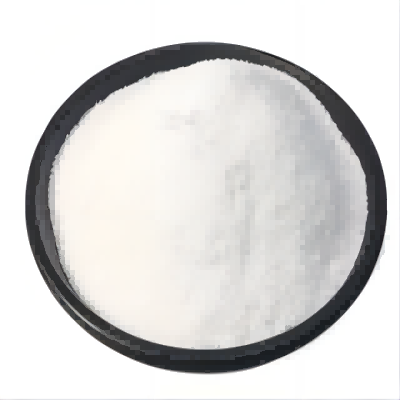
Carbaryl CAS:63-25-2 Manufacturer Supplier
Carbaryl is compatible with most common pesticides, however it should not be combined with lime sulphur and Bordeaux mixes. Carbaryl is highly toxic to earthworms and should not be used on soil insects except in cases such as bowling greens where it can be used for the control of worms that would otherwise damage the highly manicured surface.
-
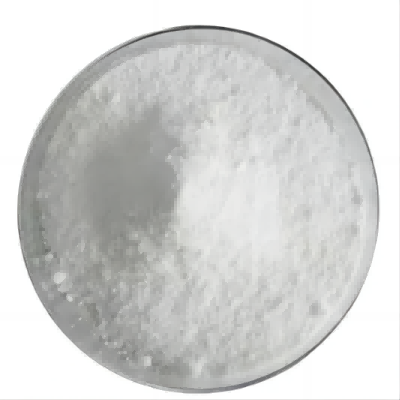
Avermectin CAS:71751-41-2 Manufacturer Supplier
Abamectin (Avermectin) is a nerve toxic agent. Its mechanism is targeting to the GABAA receptor of insect neuron synapse or neuromuscular synapse, interfering with the information transfer of nerve endings, namely stimulating the nerve endings to release neurotransmitter inhibitor γ-aminobutyric acid (GA-BA), prompting the extensive opening of the GABA-gated chloride channel with chloride channel-activating effect.
-
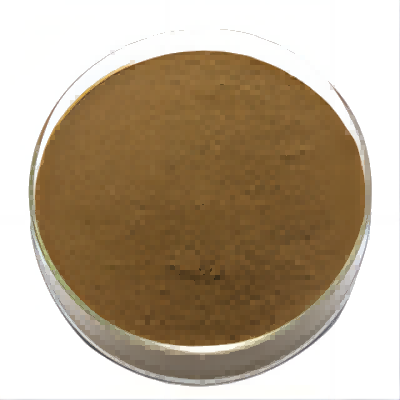
Rotenone CAS:83-79-4 Manufacturer Supplier
Rotenone is both a stomach and contact poison for arthropods. Its fast knockdown action is attributed to decreasing the availability of nicotinamide adenine dinucleotide to serve as a cofactor in various biochemical pathways including the Krebs cycle, thereby inhibiting the mitochondrial respiratory enzymes.
-

Fipronil CAS:120068-37-3 Manufacturer Supplier
Fipronil is a white powder with a mouldy odour. It has a low solubility in water and is a slow-acting poison. It does not bind strongly with soil, and the half-life of fipronil– sulphone is 34 days. Fipronil is a broadspectrum insecticide of the phenylpyrazole group. Fipronil was first used extensively for the control of ants, beetles, cockroaches, fleas; ticks, termites, mole crickets, thrips, rootworms, weevils, flea of pets, field pest of corn, golf courses, and commercial turf, and other insects.
-
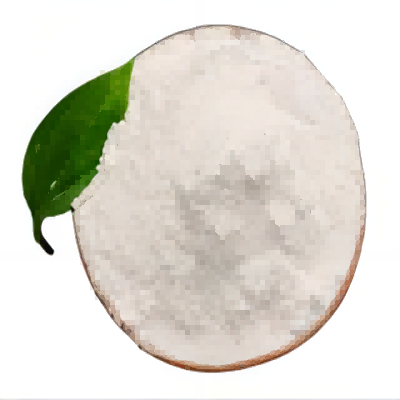
Amitraz CAS:33089-61-1 Manufacturer Supplier
Amitraz is quickly hydrolyzed in an acid environment when it is orally administrated, due to its instability in this environment. The hydrolysis in a low pH generates the compound 2,4-dimethylphenyl formamide, which is stable in an acid environment. Amitraz is a formamidine pesticide widely used as an insecticide and acaricide.
-
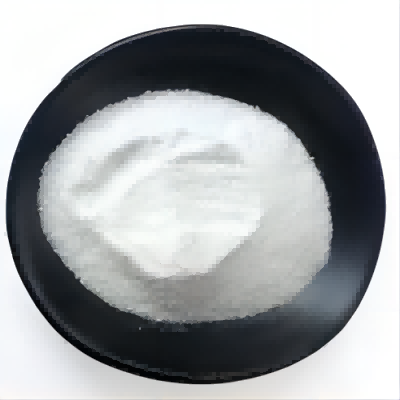
Pyridaben CAS:96489-71-3 Manufacturer Supplier
Pyridaben is widely used as an acaricide with a long residual action and as an insecticide mainly against sucking insects. Trade names include Nexter, Oracle, Poseidon, Pyramite, Sanmite, and Starling. Pyridaben is a pyridazinone, an organochlorine insecticide and an organochlorine acaricide. It has a role as a mitochondrial NADH:ubiquinone reductase inhibitor.
-
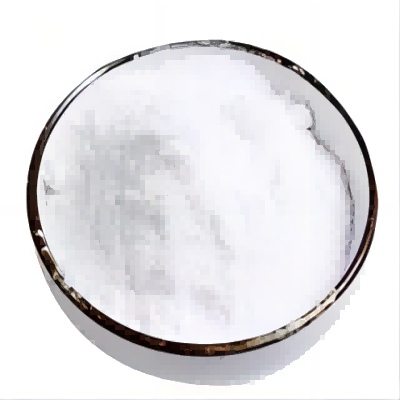
Tebufenpyrad CAS:119168-77-3 Manufacturer Supplier
Tebufenpyrad is a fast and efficient new type of pyrazolamide acaricide, jointly developed by Mitsubishi Corporation in Japan and Cyanamide Corporation in the United States. It has rapid and efficient effects on various mites and mites throughout their development, with a long duration of efficacy. It has no cross resistance, low toxicity, no internal absorption, and excellent selectivity to target crops, such as trichloro acaricide Chemicalbook alcohol, phenylbutyltin, and thiacloprid, At the recommended dosage (25-200mg AI/L), it is not harmful to most crops.
-
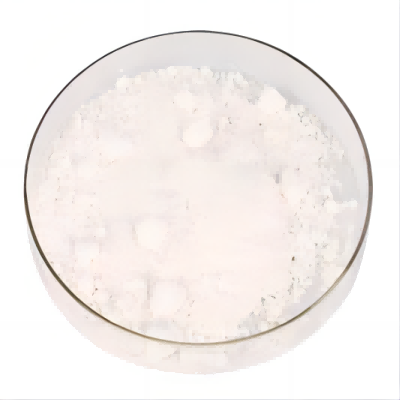
ACEQUINOCYL CAS:57960-19-7 Manufacturer Supplier
Acequinocyl, also known as 2- (acetoxy) 3-dodecyl-1,4-naphthoquinone, is a pure yellow powder solid. Acequinocyl is an important synthetic acaricide pesticide used to control lice, mites, and other invertebrates.
-

Propargite CAS:2312-35-8 Manufacturer Supplier
Propargite is a wettable powder or water emulsifiable liquid. Propargite can cause illness by inhalation, skin absorption and/or ingestion. The primary hazard is the threat to the environment. Immediate steps should be taken to limit its spread to the environment. Since Propargite is a liquid Propargite can easily penetrate the soil and contaminate groundwater and nearby streams.
-
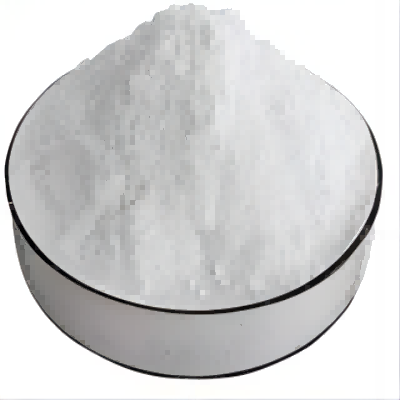
Spinosad CAS:131929-60-7 Manufacturer Supplier
Spinosad is a group 5 nicotinic acetylcholine receptor agonist, that causes involuntary muscle contractions and tremors secondary to motor neuron activation. Prolonged exposure causes paralysis and flea death. Flea death begins within 30 minutes of dosing and in 4 hours is complete. Spinosad does not interact with bindings sites of other insecticidal agents (GABA-ergic or nicotinic).

